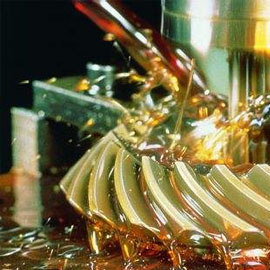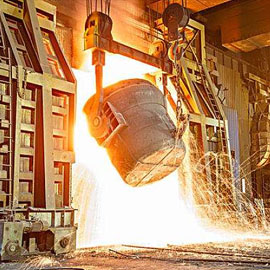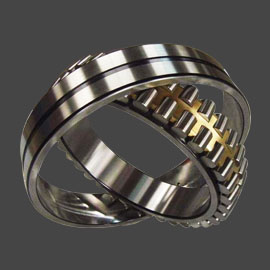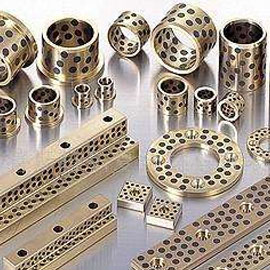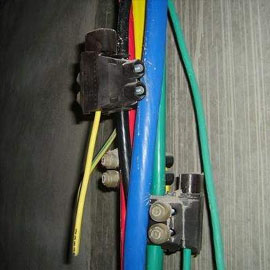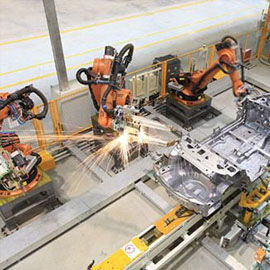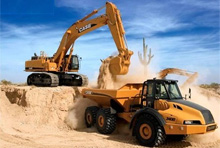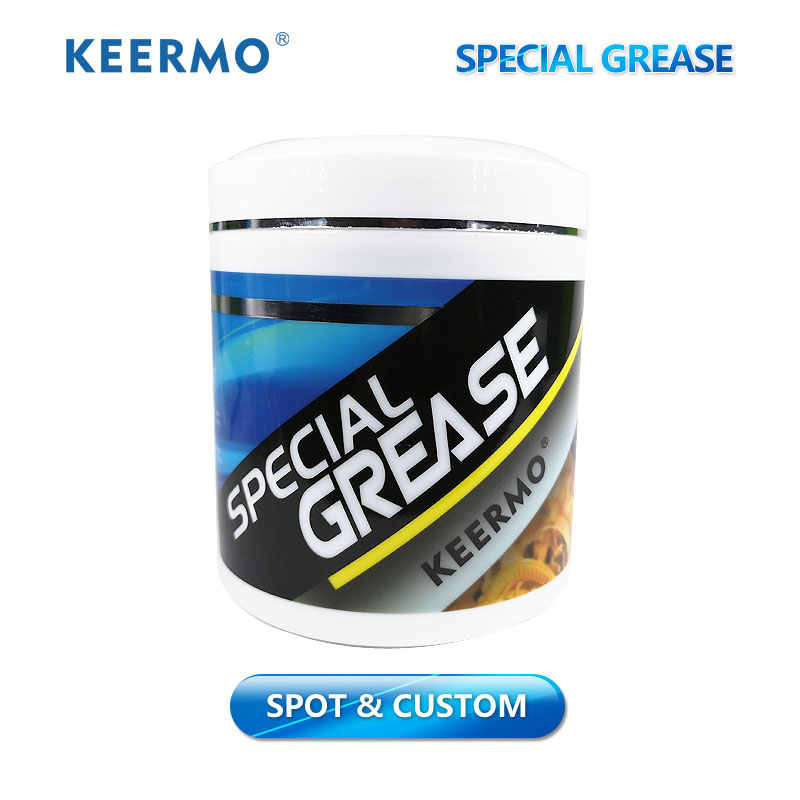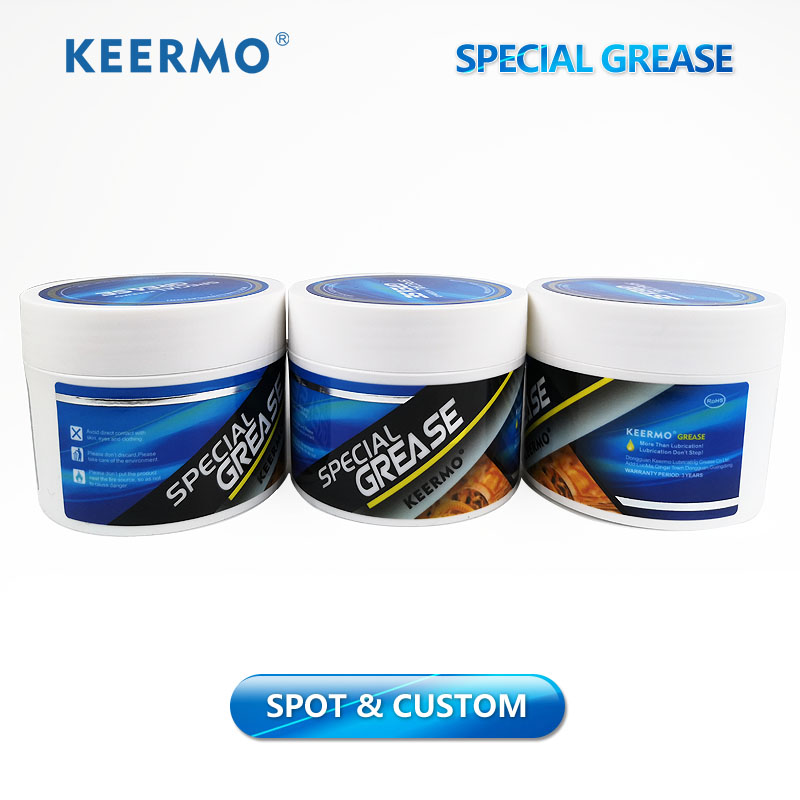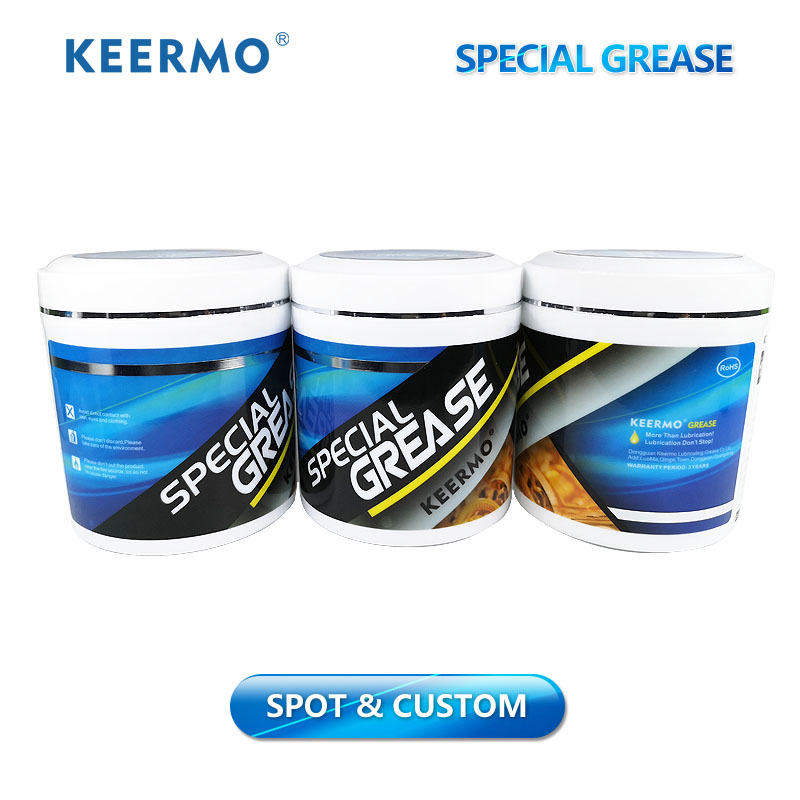There are four main parts of agricultural machinery maintenance: 1. Clutch bearings for agricultural machinery: In the work, the clutch is used very frequently and easily damaged. The clutch release bearing should be maintained before each season of operation. The main methods of maintenance are to remove the separation claw and the release bearing, and use diesel or kerosene to clean and dry. After that, install the grease and put it back on. 2, coulter shaft Bearing The right side bearing of the coulter shaft supporting the tractor is the same as the coulter gearbox. It is lubricated with gear oil. It is easy to ignore that the left side bearing should be greased. If it is not used, the bearing will run out of oil and dry up. The heat got stuck during the operation, and even caused the bearings to run inward, and the shaft journal was severely damaged and scrapped. Therefore, during maintenance, the bearing on the left side of the coulter shaft should be removed, and after cleaning, regularly add grease. 3. Shaft sleeve of harrow shaft The working environment of the shaft sleeve of the harrow shaft is very harsh, dust and moisture are mixed, and it is very easy to cause wear or necrosis. During maintenance, the impurities in the shaft sleeve should be cleaned before adding grease. If the shaft sleeve is severely worn, it should be replaced with a new shaft sleeve. 4. Thresher roller bearings The working environment of the threshing machine roller bearings is also very bad. There is a lot of dust and humidity. The maintenance work cannot be ignored. The roller journal will be worn, and the roller will be scrapped after serious. Before and during the operation, you should pay attention to checking the bearings. If you find that the grease becomes less or dry, refill the grease in time, and the bearing should be replaced in time when it is overloaded.
First, the main performance indicators of grease ①, Dropping point: It refers to the temperature when heating under specified conditions to reach a certain fluidity. It can roughly determine the operating temperature of the lubricating fingers (dropping point is 15 ~ 30 degrees higher than the use temperature) ② Cone penetration: refers to the depth (unit: 1 / 10mm) that the test cone penetrates into the grease freely and vertically within 5s under the specified temperature and load. It is a measure of consistency and softness. ③. Colloidal stability (oil separation): Refers to the ability to lubricate oil in the skeleton of its thickener under the action of external force, which is determined by the amount of oil. When the amount of grease released exceeds 5% -20%, this grease cannot be used basically. ④, oxidation stability: refers to the ability to resist oxidation during storage and use. ⑤, mechanical stability: refers to the ability to resist changes in consistency under mechanical working conditions. Poor mechanical stability can easily cause the consistency of the grease to decrease. ⑥. Evaporation loss: refers to the percentage of the total loss under the specified conditions. It is an important factor affecting the service life of grease. ⑦.Water resistance: refers to its ability to be insoluble in water, absorb water from surrounding media, and not be washed off by water. ⑧.similar viscosity: refers to the ratio of the shear stress to the shear rate of non-Newtonian fluid flow. When the speed is high, the viscosity is low, otherwise the viscosity is large. II. Failure analysis of grease ① Failure caused by physical factors In use, the grease will be subjected to mechanical shear and centrifugal force at the same time. Under the effect of grease, the grease will be thrown out of the friction interface to separate the oil, resulting in reduced grease oil content, reduced penetration and hardening. After a certain degree of grease It will completely fail; under the action of mechanical shear, the grease structure loves to be destroyed (such as soap fiber disengagement or orientation), causing its softening, consistency decrease, and oil growth, etc., which eventually leads to failure. Under normal circumstances, if the grease transfer speed is increased by 2000r / min, its life will be reduced by about half. Under high shear stress, the speed is doubled, and the service life is only 1/10 of the original life. ②, failure caused by chemical factors The chemical reaction between the grease and the oxygen in the air produces acidic substances. It is the first to consume the antioxidant additives in the fat, but to a certain extent, the organic acids generated will corrode metal components and destroy the structure of the fat, causing it to drip. Decrease, increase in base oil viscosity and poor fluidity. Numerous tests have shown that the higher the temperature, the more pronounced the decline in grease life. For example, if the temperature is...
Grease is commonly known as butter, which is a stable semi-solid product formed by dispersing thickeners in liquid lubricants. It is often necessary to add additives to improve some of its properties. In the product structure, domestic lubricating nausea has completed the transition from calcium-based greases with lower technical and quality levels to lithium-based greases with higher technical and quality levels. High-drop-point greases such as aluminum complex grease, overbased composite calcium sulfonate grease, and urea-based grease in the total output have shown an increasing trend year by year. At the same time, the development of some new high-end greases such as composite titanium-based greases, biodegradable greases, and nano-greases has also made important progress. Various types of machinery and equipment have many names, their operating conditions and working environment are intricate, and their performance requirements are different. With the continuous development of grease manufacturing technology, the number of greases has also increased rapidly. The basis for classification of grease mainly includes two aspects: one is to specifically determine the grease consistency grade, that is, to distinguish the grade; the other is to make a detailed classification of the grease varieties. (I) Classification by grease consistency grade 1. Grease cone penetration Consistency refers to the softness and hardness of the grease, and its size is measured by the working penetration. Grease cone penetration value (also called penetration value) is the depth at which a standard cone of a specified quality passes into a grease sample at a specified time and temperature, in units of 1 / 10mm. The general test temperature is 25 ° C, and the time is 5s. An obtuse metal pointed cone is used. The larger the penetration value of the grease, the smaller the consistency, the softer the appearance, and the harder the appearance. 2. Consistency grade The grease is divided into different consistency grades according to the operating range. This consistency grade that is currently used internationally was first proposed by the American Grease Association (NLGI), also known as the NLGI consistency classification. Although the consistency of some greases is not completely limited to the specified range, this consistency series reflects the consistency grades of most greases. The NLGI consistency classification divides grease from 000 to 6 into 9 grades. The difference in penetration between each grade is 15 units. Among them, 0 #, 00 #, 000 # grease is called semi-fluid grease, which is mainly used for the lubrication of bearings, gears and various friction parts that should not be lubricated. (II) classification by type of thickener Depending on the thickener of the grease, it can be divided into soap-based and non-soap-based greases. Among them, soap-based greases can be divided into single soap-based greases, mixed soap-based greases, and compound soap-based gr...
Terminology 1. Age Hardening The phenomenon that the consistency of grease increases with storage time (hardening). 2. Apparent viscosity The ratio of the shear stress to the deceleration of a non-Newtonian fluid calculated in accordance with the Poiseuille equation in Poise. The apparent viscosity of most greases varies with shear rate and temperature, so the measured value deceleration and temperature must be reported. Apparent viscosity, some also translated as "similar viscosity." 3. Appearance Use only visual inspection methods to see the characteristics of the grease. This term usually includes: Bulk Appearance, Texture, Bloom, Color, and Luster. The overall appearance refers to the appearance of the unstirred fat when viewed in an opaque container. The overall appearance should be described in terms of: Smooth, Rough, Grainy, Cracked, and Bleeding. Texture refers to the properties of the grease observed when a small amount of grease is pressed together and then slowly separated. The texture should be described by the following terms: Brittle, Buttery, Long fiber, Resilient, Stringy, etc. Fluorescence refers to the color of the surface of the fat (usually blue or green) as observed by sunlight reflection from a direction of about 45 ° from the surface of the fat. Fluorescence is related to the ultraviolet light absorbed in the oil and may not be visible when viewed under an artificial light source. The color of the grease is usually the hue and intensity that the grease exhibits when viewed under conditions that eliminate fluorescence. The color of the grease is described by its main color, such as amber, brown, etc., and some restrictive adjectives such as "light", "medium", "dark", etc. are used to describe the intensity of the color. Some fats are added with dyes, which can be described by green, red, blue and so on. Gloss refers to the intensity of the light reflected by the fat surface. It is often described in the following terms: bright, dull, etc. 4. Consistency Consistency refers to the degree to which plastic materials resist deformation under the action of external forces. Just as viscosity is a characteristic of fluidity, consistency is a characteristic of plasticity. Consistency is usually expressed in terms of penetration. 5. Dispensability It indicates how easy it is for grease to reach the point of use from its container, such as a storage tank. This concept is often used when discussing concentrated lubrication of grease. Distributability includes pumpability and feedability. Pumpability is usually measured by the apparent viscosity at a medium shear rate, and the feed capacity is the ability of the grease to flow to the suction pipe of the distribution pump at a speed at least equal to the pump's delivery capacity. Carburizing mold compatible. Method of choosing In the environment of strong chemical media, chemical-resistant s...
Introduction According to the thickener, it can be divided into two types: soap-based fat and non-soap-based fat. Metal soaps such as lithium, sodium, calcium, aluminum, and zinc are commonly used as thickeners for soap-based fats. Metal soaps such as potassium, barium, lead, and manganese are also used. Non-soap-based thickeners use graphite, carbon black, asbestos, and synthetics (such as polyurea-based and bentonite). They can be divided into general greases and special greases according to their uses. The latter is used in tractors, railway locomotives, marine machinery, oil drilling machinery, valves, etc. The main quality indicators are drip point, penetration, ash and moisture. The indexes used to evaluate the stability of grease colloids are oil separation test and rolling bearing performance test. The roller test is a test method for measuring the change in consistency under the action of rolling. The fluidity test is a test method to evaluate the pumpability of grease at low temperatures. Water resistance test is a test method to evaluate the resistance of grease to water elution. Colloidal stability is the performance of the grease to keep the colloid stable during storage and use, and the liquid mineral oil does not precipitate from the fat. Mechanical stability refers to the resistance of grease to changes in consistency under mechanical working conditions. Ball bearing torque test is a test method to evaluate the low temperature performance of grease. Grease is a stable solid or semi-solid product composed of a thickener dispersed in a liquid lubricant. Additives and fillers can be added to improve certain characteristics of the grease. At normal temperature, the grease can adhere to the vertical surface without loss, and can work in open or poorly sealed friction parts. It has an irreplaceable holding point for other lubricants. Generally speaking, greases with the same soap base are more compatible. Organoclay bases are incompatible with other bases. Therefore, many parts of automobiles and construction machinery use grease as the lubricating material, which is often called butter! Effect The role of grease is mainly to lubricate, protect and seal. Most greases are used for lubrication and are called antifriction greases. Anti-friction grease is mainly used to reduce mechanical friction and prevent mechanical wear. At the same time, it also plays a protective role against metal corrosion and a seal against dust. Some greases are mainly used to prevent metal from rusting or corroding. They are called protective greases. For example, industrial petroleum jelly has a small number of greases for sealing purposes, called sealing greases, such as thread grease. Most greases are semi-solid materials with unique fluidity. The wo...
the professional team to service !
 86-13380181800
86-13380181800 Leo@keermo.com
Leo@keermo.com Leo@keermo.com
Leo@keermo.com 86-13380181800
86-13380181800
 86-13380181800
86-13380181800 Leo@keermo.com
Leo@keermo.com

